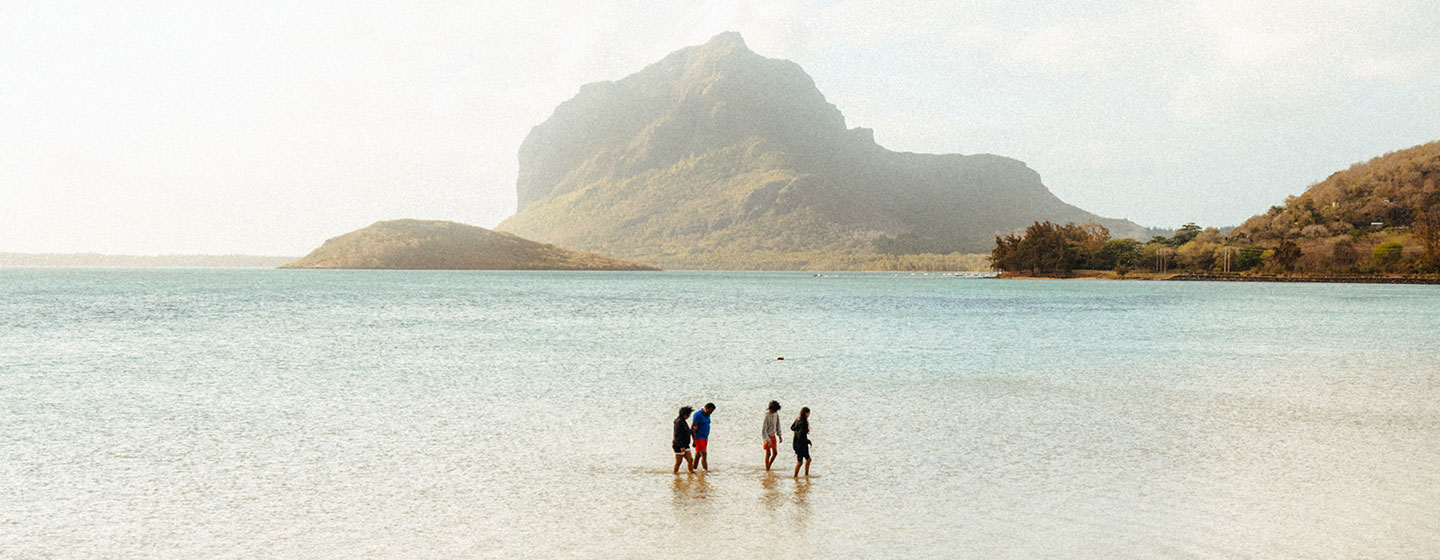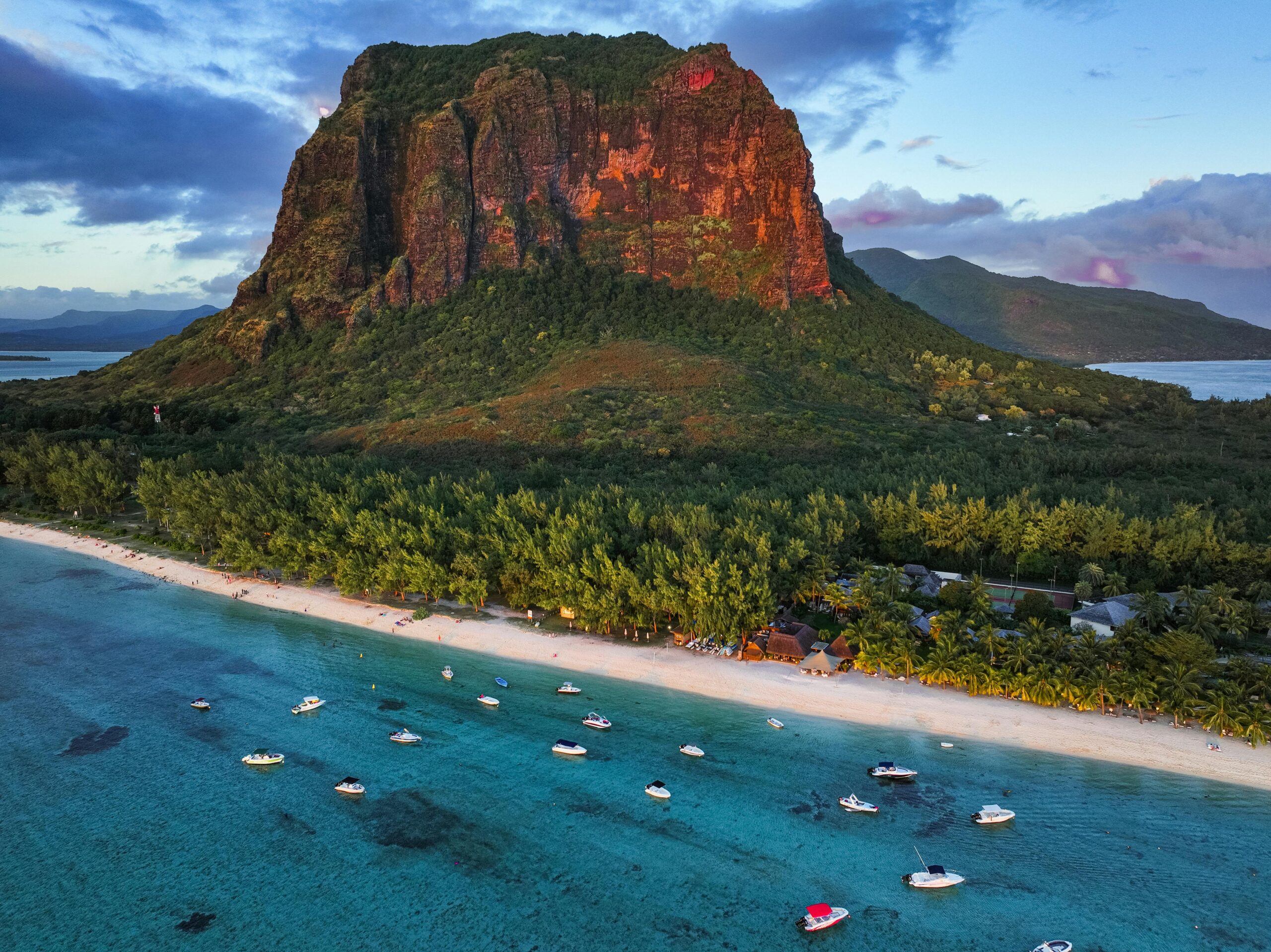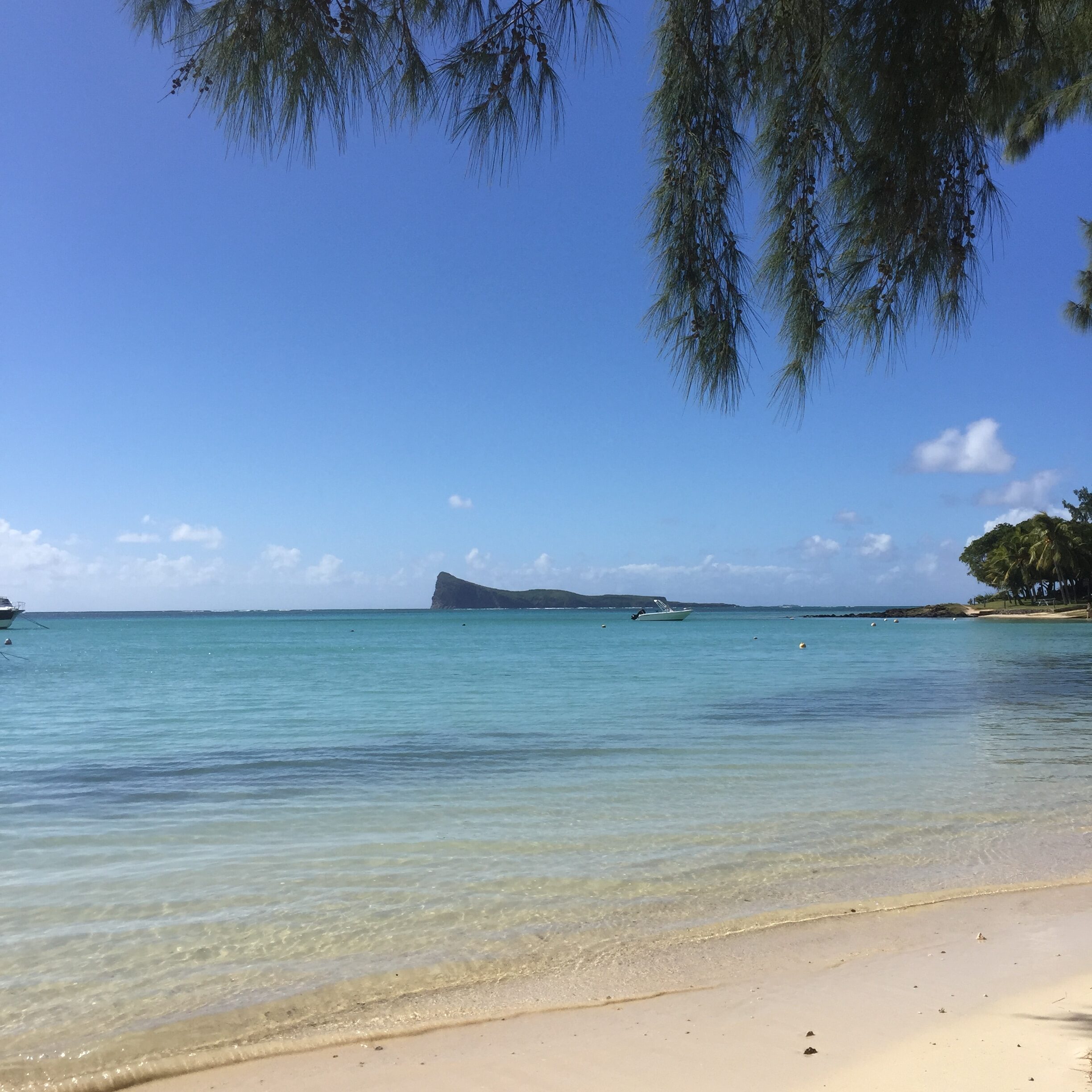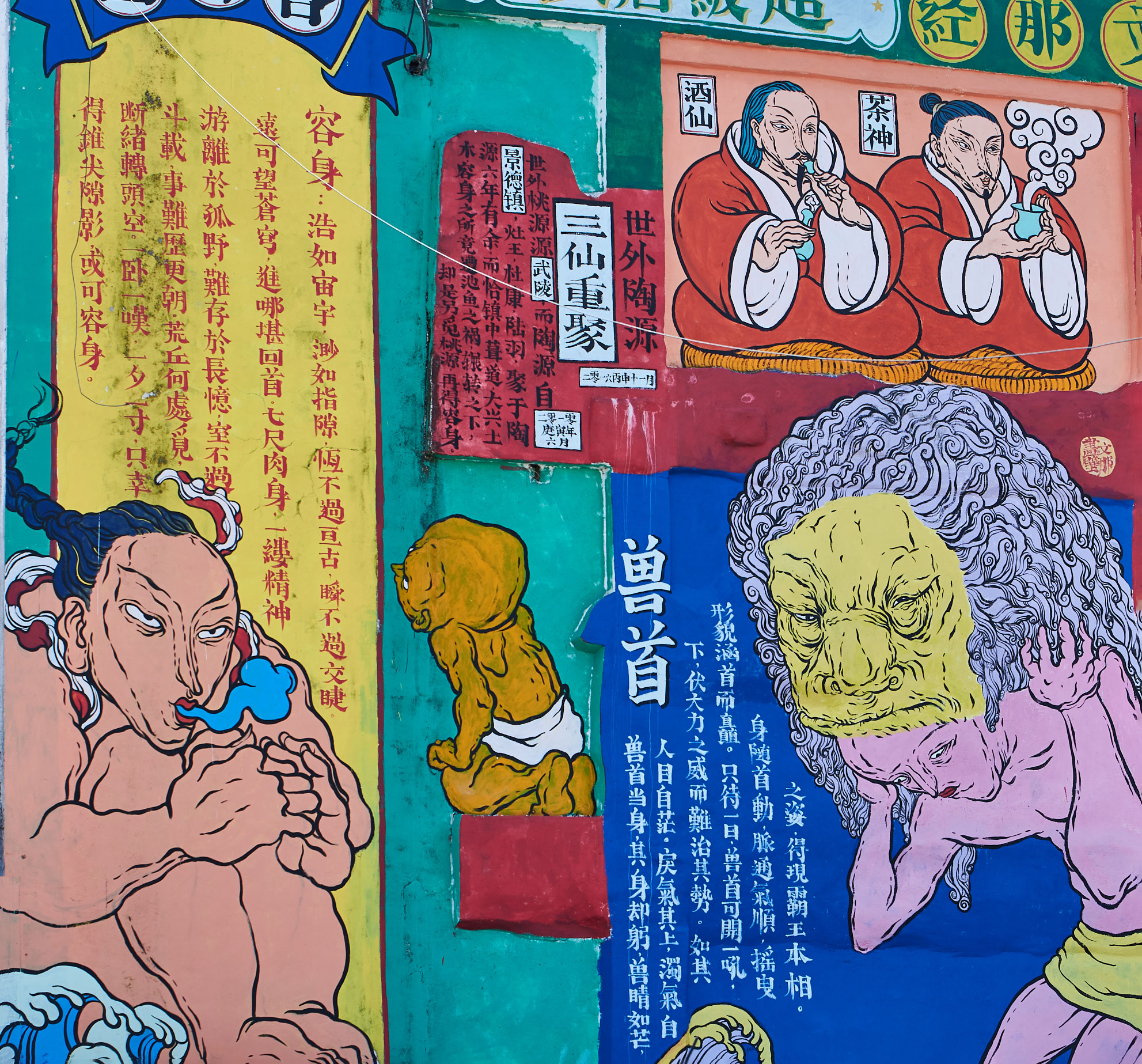Imagine walking on the grounds of a historical relic while gazing at a landscape with fifty shades of blue. Yes, Le Morne Brabant has a way of leaving you speechless. It’s not the tallest or the most imposing mountain on the island of Mauritius. Yet, it holds an unparalleled charm and a poignant past that make it as beautiful as it is iconic.
Listed as a UNESCO World Heritage Site, Le Morne Brabant is more than just a massive rock. It’s a natural fortress and a historical symbol that stays in the memory of all who visit…
A Natural Fortress and a Symbol
There’s no place quite like it. Le Morne Brabant is a unique natural structure with steep cliffs and hidden caves that once offered refuge to the Maroons (escaped slaves who fled their life of servitude).
Collective memory tells us that the mountain sheltered runaway slaves, making it a symbol of freedom and resistance. It’s fair to say that this place has witnessed the history of the island. And when we explore it, we too become witnesses to the past.
The Maroons

History is often made up of myths and factual realities. Let us tell you what connects the slaves to this mountain.
On February 1, 1835, Mauritius became the last British colony to abolish slavery.
At its abolition, the British, who occupied the island at the time, granted financial compensation to the slave owners. When the slaves were freed, many left the plantations to live along the coasts. They became fishermen, carpenters, masons, or farmers.
Some slaves bought their freedom and sold their land to survive (land that had been given to them, by obligation, by their former masters).
A local legend even tells of the Maroons collectively leaping to their deaths from the top of Le Morne at the arrival of British troops. Believing the soldiers had come to capture them (when in reality, they were coming to announce their freedom), the Maroons are said to have committed mass suicide. This desperate act would signify their resistance against the colonizers and their oppression. Frightened and exhausted, they chose death over a life of servitude.
In 2003, anthropologists and archaeologists from the University of Mauritius conducted excavations to confirm these accounts, without success. Between reality and myth, the tragic end of the Maroons remains deeply ingrained in the collective memory and oral traditions of Mauritius.
Le Morne Today

The abolition of slavery is a major historical event in the island’s past, and the date has become a day of commemoration. Every year, the abolition of slavery and the fight for freedom are celebrated at the foot of Le Morne Brabant. Wreaths are laid, and speeches are given in honor of the slaves. The ceremony is often followed by a musical performance and a family picnic on the Morne beach.
For locals, February 1st is now a reminder of their history and that of their ancestors. It embodies their roots and identity.
But Le Morne is not only a place steeped in history. It is also a foundational element of Mauritian Creole culture. The legacy of the Maroons has indeed contributed to the formation of the island’s Creole identity. This is reflected, for example, in the creation of the local language, music, and traditional dance (notably the sega).
Le Morne Brabant is also a popular site for hikers and nature lovers. Walking the trails of Le Morne Brabant reveals more than just a spectacular landscape. You tread the paths of those who, centuries ago, made this summit their symbol of freedom.
Finally, Le Morne is an invitation to athletic challenge, exploration, and nature contemplation. The trail is quite demanding due to its steepness, but it is amply rewarded with a 360° view of the azure lagoon, Île aux Bénitiers, and the surrounding lands.
Le Morne offers you an escape to a natural, history-rich land that you won’t soon forget…
‘Ni chaînes ni maîtres’, now showing on your screens

The history of the Maroons in Mauritius remains profoundly relevant today. Did you know that the film Ni chaînes ni maîtres by Simon Moutaïrou was released in theaters on September 18, 2024?
Set in Mauritius, this film portrays the harsh realities of colonization and slavery, paying tribute to the Creole people whose past has often been erased, lacking grave markers and accessible archives.
Ni chaînes ni maîtres unveils a significant chapter of Mauritian history, offering a tangible connection to this period for the people of Mauritius.
Le Morne Brabant, a relic of the island’s past, continues to captivate attention today. If you have the opportunity to visit Mauritius, this mountain promises a journey that is physical, personal, and historical.
Combining athletic challenge, cultural immersion, and breathtaking views, the ascent of Le Morne is an experience that will undoubtedly leave a lasting impression.













Comments